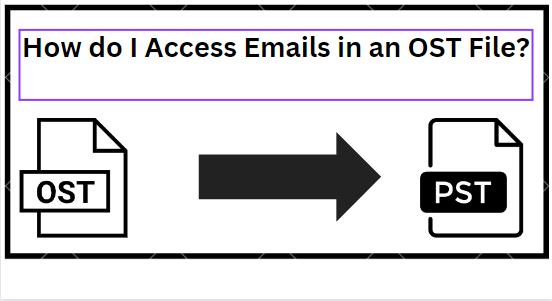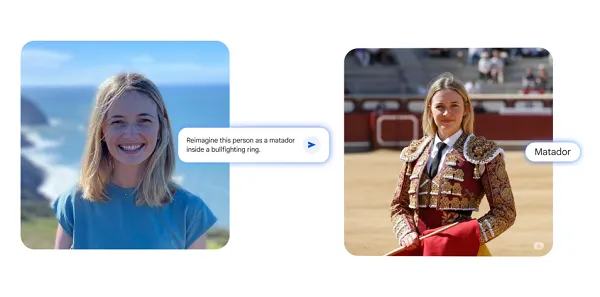The Art of Saying No: A Minimalist Approach to Time Management
In the search for a meaningful and joy-filled life, the power of saying no cannot be overstated. Like a sculptor chiseling away at the non-essential, saying no is the process by which we reveal the beauty of specifically-chosen, minimalist...


In the search for a meaningful and joy-filled life, the power of saying no cannot be overstated.
Like a sculptor chiseling away at the non-essential, saying no is the process by which we reveal the beauty of specifically-chosen, minimalist commitments.
Just like minimalism removes possessions so we can focus on the things that matter most.
A minimalist approach to time management isn’t just about decluttering your schedule; it’s about enriching our lives by making space for what truly matters to us.
Understanding the Power of No
Think of it this way: Saying no is inherently a declaration of value.
It signifies a commitment to your priorities, your boundaries, and your well-being. Each no is a yes to something more important—more time with family, more focus on your health, more dedication to your passions. It’s about making conscious choices that align with your life’s vision and values.
The Benefits of Saying No
Increased Productivity: By reducing your workload to the essential, you can improve the quality of your work and your productivity. Improved Well-being: Saying no helps prevent burnout and stress by ensuring you have time to rest and recharge. Enhanced Focus: Declining non-essential commitments sharpens your focus on goals that are genuinely important to you. Strengthened Relationships: It allows you to dedicate time to meaningful relationships, rather than spreading yourself too thin.How to Say No with Both Confidence and Grace
For many, the challenge lies not in understanding the value of no, but in the discomfort of its delivery. Here’s how to say no in a way that’s both effective and empathetic:
1. Find Confidence in Your Decision
While we don’t always need to offer an explanation when saying “no,” knowing why we made that decision is super-helpful for our inner-dialogue. Look deep, underneath the surface, and recognize the reason why you are saying no. Is it so you can rest? Is it so you can spend energy on something else?
2. Be Direct but Kind
Clarity is kind and clearly stated boundaries help everyone. Say no clearly and politely, without leaving room for misunderstanding. “I appreciate your offer, but I have to decline” is a simple, respectful way to say no.
3. Offer an Explanation, if You Choose
While you’re not obligated to explain your reasons, doing so can help the other person understand your priorities. Keep your explanation brief and honest. Not every request requires an explanation, but typically the closer the relationship you have with a person making the request, the more likely you should consider providing an explanation.
4. Suggest Alternatives
If you can’t fulfill a request, suggesting an alternative can show that you still care about the person’s needs. “I can’t participate this time, but perhaps [solution] might work instead.”
5. Practice
Saying no is a skill that improves with practice. Start with smaller, less consequential decisions, and gradually work your way up as you become more comfortable. This is not unlike any skill we learn in life. It takes some time to figure out exactly how we’re going to implement the principle, but the first step is to get started and learn while you’re making progress.
6. Reflect On Your Why
The goal here (as with minimalism) isn’t to say no to everything and everyone for the rest of your life. The goal is to find the perfect balance so we can live our best, most fulfilled lives. After saying “no,” don’t be afraid to look back on the decision, after the opportunity has passed, and evaluate if you made the right decision. If you wish you could have the moment back, say “yes” next time.
The minimalist approach to time management through the art of saying no is not about negation but affirmation—affirming your values, your well-being, and your right to choose how you spend your most precious resource: time.
By embracing this art, you can navigate life with more intention, peace, and fulfillment.

 Troov
Troov 































